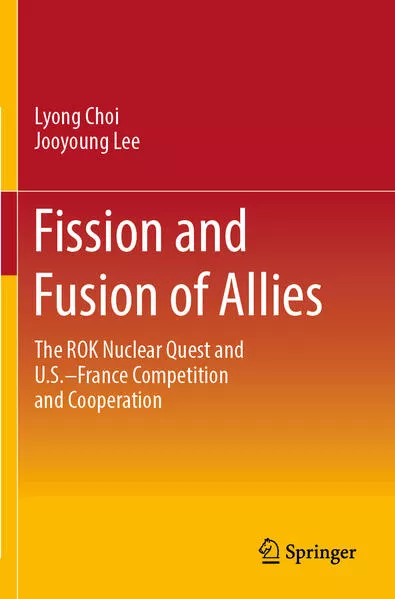
- Publikationen ca: 3
- Fragen & Antworten
Lyong Choi
Lyong Choi is Assistant Professor of International Studies at Hanyang University. He obtained a PhD in international history from the London School of Economics and Political Science. His research focuses on issues of modern and contemporary American, East Asian, and Korean history. He published “Human Rights, Popular Protest and Jimmy Carter’s Plan to Withdraw U.S. Troops from South Korea” for Diplomatic History in 2017, “North Korea and Zimbabwe, 1978–1982: from the strategic alliance to the symbolic comradeship between Kim Il Sung and Robert Mugabe” in 2017 and “Re-thinking Normalization between ROK and PRC in the Early 1990s: The South Korean Perspective” in 2014, and “The First Nuclear Crisis in the Korean Peninsula, 1975- 76,” in 2013 for Journal of Cold War History.
Jooyoung Lee (Ph.D., Brown University) is an Assistant Professor in the School of Liberal Arts at the Ulsan National Institute of Science and Technology in South Korea. His fields of research include American diplomacy and U.S. in the world. He is interested in the histories of U.S. democracy promotion, transnational human rights politics and international nuclear diplomacy. He has published articles in Interventions, Diplomatic History, Journal of American-East Asian Relations, The Korean Journal of American History, The Western History Review, and the Korean Historical Review. He has been studying U.S. diplomacy in the global context by paying attention to how U.S. policy has been constrained in the stage of international relations by other actors and how the U.S. tried to overcome the constraints. One of the topics he is investigating is how the U.S. foreign policy was influenced by the human rights agendas raised by transnational NGOs of European and its U.S. counterpart and how the U.S. human rights politics affected the politics of its allies such as the Republic of Korea.
Fission and Fusion of Allies
This book traces the development of U.S-led global nuclear non-proliferation diplomacy during the three decades since the Eisenhower’s “Atoms for Peace” in 1953. The U.S. non-proliferation efforts had diverse obstacles. It had to prevent nuclear states’ export of nuclear technology while dissuading non-nuclear states from developing nuclear weapons.
Fission and Fusion of Allies
This book traces the development of U.S-led global nuclear non-proliferation diplomacy during the three decades since the Eisenhower’s “Atoms for Peace” in 1953. The U.S. non-proliferation efforts had diverse obstacles. It had to prevent nuclear states’ export of nuclear technology while dissuading non-nuclear states from developing nuclear weapons.
Fission and Fusion of Allies
This book traces the development of U.S-led global nuclear non-proliferation diplomacy during the three decades since the Eisenhower’s “Atoms for Peace” in 1953. The U.S. non-proliferation efforts had diverse obstacles. It had to prevent nuclear states’ export of nuclear technology while dissuading non-nuclear states from developing nuclear weapons.


